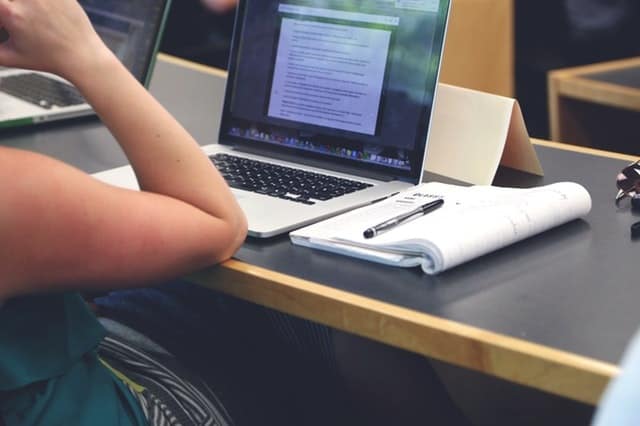Education has come a long way from the days when teachers just stood and read from a book to a group of students who were expected to grasp what they needed from the flood of information. With the improvements in technology and better understanding of how our brains work (and how they work differently), education can now be much more personalized. So why is this approach the future for teachers and students?
What is personalized learning?
Personalized learning is an approach that ‘aims to customize learning for each student’s strengths, needs, skills and interests’ rather than the one size fits all approach that was previously used. It understands that we all learn differently, have different strengths and weaknesses and even different interests. The aim is to personalize a learning plan around these preferences while working alongside things like an IEP, a 504 plan or an intervention program.
The balance comes between offering personalized learning while still meeting the standards required for a high school diploma. And this is something that institutions like Rocketship Education have been working hard to create. As one of the pioneers of personalized learning in their Charter Schools around the country, their facilities focus on a deep understanding of the needs of the student and also incorporate the family into this.
How personalized learning works
By its definition, personalized learning can be different for each teacher and each school but there are some shared approaches that are used by many schools and institutions to use this kind of teaching model.
Learner profiles
These are created for each student and kept up to date to allow that deeper understanding of each student’s needs as well as their motivations, goals and process. These go into much more detail than a report card and help teachers make decisions about learning directions – often students can also view these.
Learning paths
Schools can create learning paths in a variety of ways to suit their teaching resources. This might be something as simple as a weekly update with a student on their progress, but each path is adjusted for the individual. It might include learning with a small group of peers, one on one tutoring or even independent work towards certain skills or tasks.
Competency-based progression
Students are continually assessed in the progress towards a goal which makes it clear what the student needs to master. These goals can include knowledge and specific skills as well as mindsets. They can work on several competencies at a time and once one is mastered, they can move to another. This avoids emphasis on tests and a ‘pass or fail’ grade.
Conclusion
More teachers and schools are adopting some or all the elements of personalized learning for their students. And as technology in schools continues to increase, this adoption looks set to grow.




